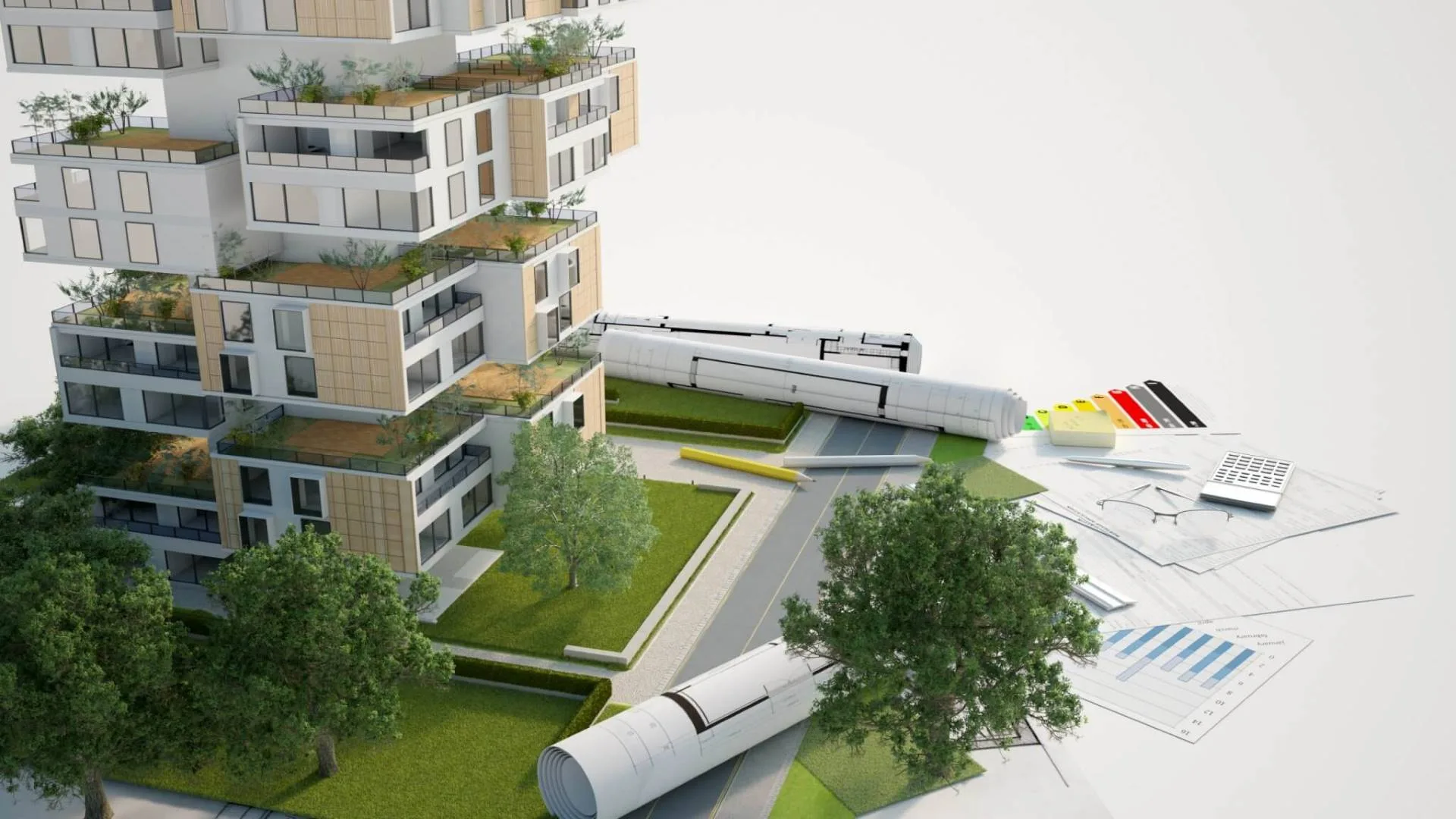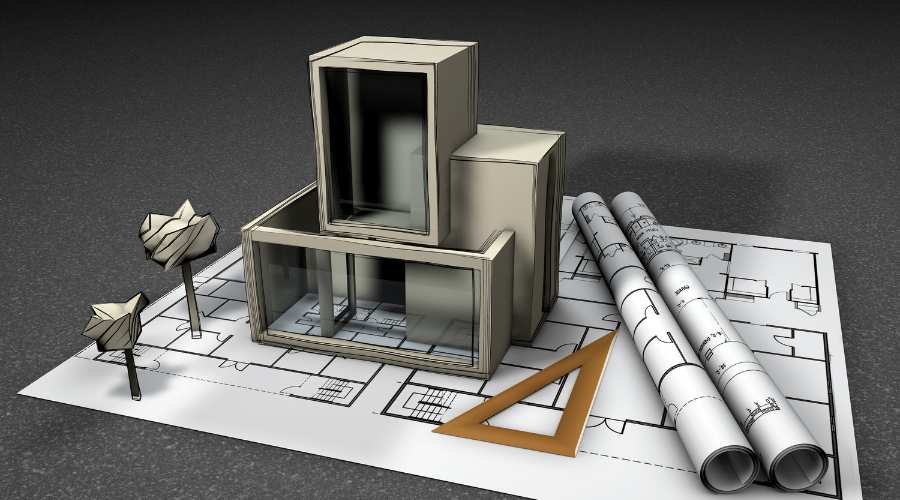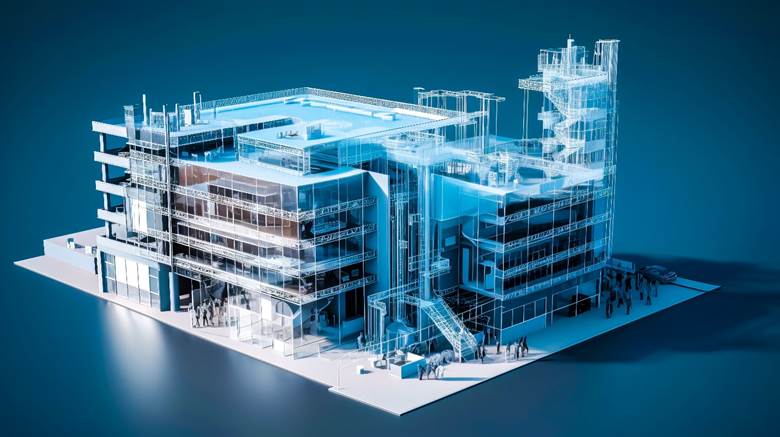
Building Information Modeling (BIM) is rapidly transforming the architecture, engineering, and construction industries, towards a new era characterized by enhanced collaboration, efficiency, and sustainability. As the demand for energy-efficient buildings grows, BIM has become a pivotal tool that not only facilitates the design and construction processes but also integrates advanced technologies such as the Internet of Things (IoT) and real-time data analytics. This blog explores the future of architecture through the lens of BIM model technology.
Building Information Modeling (BIM): A Cornerstone of Modern Architecture
The traditional architectural model has experienced inefficiencies, including poor information exchange and fragmented workflows, which often lead to delays and increased costs. BIM building technology addresses these challenges by providing a comprehensive digital representation of a building’s physical and functional characteristics. This BIM model serves as a shared knowledge resource for all stakeholders, enabling better decision-making throughout the project lifecycle. The integration of Building Information Modeling with IoT technologies further enhances this capability, allowing for real-time monitoring and management of building systems, thereby optimizing performance and energy use.

Standardization and Collaboration Through BIM 360 Suite
One of the most significant advantages of BIM is its ability to support standardized processes across various stages of construction. Standardization is particularly crucial in large-scale projects where multiple teams are involved, as it streamlines workflows and ensures consistency in data management and communication among project participants. The BIM 360 suite exemplifies this approach by offering cloud-based tools that facilitate collaboration and document management in real time, allowing for live edits and updates that keep all stakeholders informed. Such capabilities are essential for maintaining project timelines and budgets, as they reduce the likelihood of errors and rework.
Energy Efficiency and Sustainable Design with BIM
Energy efficiency is a critical concern in modern architecture, driven by regulatory pressures and societal demands for sustainable practices. Building Information Modeling plays a crucial role in addressing these challenges by enabling energy modeling and analysis during the design phase. By simulating various design scenarios, architects can assess the energy performance of different materials, orientations, and systems, leading to more informed choices that minimize energy consumption.

Enhancing Facility Management
Incorporating IoT into the BIM model framework further amplifies its potential by collecting and transmitting data about building performance, occupancy, and environmental conditions, which can then be integrated into the BIM building model for ongoing analysis and optimization. This supports a shift from traditional reactive maintenance to a more proactive, data-driven approach, significantly reducing operational costs. For example, real-time data from IoT sensors enables facility managers to identify patterns in energy consumption, inform maintenance schedules, predict equipment failures, and optimize resource allocation. This transition ultimately improves the lifespan of building systems and overall contributes to a more sustainable built environment.
As the industry embraces innovative technologies, we can expect to see a paradigm shift towards more efficient, sustainable, and intelligent building practices. The iterative learning process involved in BIM allows for the refinement of design standards and construction practices, ultimately leading to better-performing buildings that meet the evolving needs of occupants and society at large.


